Huge wild cattle once roamed across the Scottish landscape — and could soon return to the Highlands.
Aurochs, the wild ancestor of all domestic cattle, have been extinct for more than 400 years through habitat loss and hunting.
But their DNA survived in other ancient cattle breeds, and scientists in the Netherlands have been working to bring them back.
And now, tauros have been “back-bred” to resemble and behave like the aurochs as closely as possible.
Trees for Life plans to bring 15 of the huge, muscular, long-horned cows to Scotland and release them at Dundreggan, near Loch Ness.
Steve Micklewright, chief executive of Trees for Life, said the animals will live as “wild a life as possible” at the rewilding estate.
Through the tauros project, the charity plans to monitor how the huge cattle — and not any other domestic breed of cow — impact the landscape and other wildlife.
He said: “Our project is, let’s release them into a part of Dundreggan and find out what they do.
“Then we can figure out whether Scotland is actually ready for this kind of animal coming back and living a wild life here.”
We caught up with Steve about the tauros project, read on to find out:
- What benefits the huge cattle could bring to Dundreggan and the Highlands
- When they could be released and if you will be able to see them
- And why are Highland cows not being used instead?
So, what benefits could tauros bring to Dundreggan?
It is thought the aurochs played a vital role in shaping landscapes and boosting biodiversity.
Research in Europe shows tauros have a similar impact to their ancient ancestors by helping create rich habitats for wildlife through their size and behaviour.
Cattle release a lot of dung, which keeps the soil healthy, improves the nutrient cycle and supports insects. Birds, small mammals and reptiles will benefit from the increase in insects.
They will intensively graze in some areas while leaving others untouched, creating a mosaic of habitats that benefit a wide range of plants and animals, improving biodiversity.
And because of their size, the tauros will disturb the ground more than other breeds of cattle can.
One ecological “game-changer” is the creation of “bullpits”– bowls in the earth carved out by rutting bulls using their horns and hooves, or by bashing their heads against one side of a pit to strengthen their neck muscles.
These bullpits form micro-habitats that also support invertebrates, small mammals and birds.
“The tauros look and behave like wild cattle and when we bring them back to Dundreggan they will live as wild a life as possible,” Steve explained. “By living that wilder life, we’ll see other nature benefiting.
“But they haven’t been in our landscape for a really, really long time, so we don’t quite know exactly what they’re going to do.
“It is possible the landscape is just not ready for it, but all the analysis done seems to show that if we allow these animals to live as wild a life as possible other nature will benefit.”
Where will the tauros go, and how much space do they need?
Steve explained the herd of 15 will need at least a couple hundred hectares to roam, at Dundreggan and while they will have a defined area there won’t be any fences.
Instead, the animals will have a virtual collar, which will act as a virtual electric fence, to help them figure out where they can go. This means if they go beyond the boundary, they will get a little electric shock to persuade them not to cross the line.
The herd will be kept in a defined area so the team can monitor their impact, discover how they behave and learn how beneficial they are.
But Steve said they will be moved around too, so they can learn what the animals need and where they like to go.
There will be a mix of males and females living together, and the team hopes the animals will breed quickly, making this the founder herd for Scotland.
More people will be able to release the animals on their estates, or even take them onto farms.
Will people be able to visit the cattle at Dundreggan?
According to Steve most people are “quite excited” by the idea, and a lot of people have already asked if they can come see them.
When breeding the animals, the Dutch experts deliberately chose the more passive ones so they would be more placid around people.
But Steve warned they are “big” and people should remember to be “respectful” around cattle — particularly when there are calves around or if you have a dog.
“When they come to Dundreggan, people will be able to go and see them, look at them and experience for the first time cattle live a fairly wild life,” he added.
“It’s almost like seeing the wildebeest in Africa, we’re trying to bring the same sort of feeling to Scotland that we’re seeing an animal that’s living a wild life and that’s quite special.
“And people should be able to visit them, but it will be carefully managed.”
Why not release Highland cows at Dundreggan?
The tauros are 1.8 metres tall, so they’re big and imposing animals. Because of this, it’s thought they will make a bigger impact on the ground.
And Steve explained they know how to live wild and are quite self-sufficient, meanwhile, other cattle simply aren’t bred for that purpose.
Many people have questioned the need to bring cattle over from the Netherlands, when Scotland has its own hardy, horned breed — the Highland cow.
“Although Highland cows are brilliant,” he added, “because they are very hard and can live in pretty wild places.
“They’re just not quite as hardy as the tauros would be.”
Additionally, Dundreggan has been working to bring down the density of deer to help the trees regenerate.
Steve said that there’s room for another herbivore that behaves differently and eats different things on the landscape.
“The idea is to get a balance between the deer and the tauros because they do different things,” he explained. “Deer at the right density can be really beneficial too.
“This isn’t that we hate deer, it’s that the balance isn’t right. And this other animal coming in will help us to get a more natural system, which should have a lot of diversity.”
When could this all happen?
Grazeland Rewilding, the Dutch organisation that Trees for Life is working with, is currently selecting which animals from different herds across Europe to form one herd for Dundreggan.
Steve explained this is important for genetics because the cattle will breed and have young quite quickly.
The selected tauros herd won’t be released in Dundreggan until next year, but Steve says there’s a lot still to be done in preparation for them.
Because this is a research project, a lot of analysis and monitoring of the ground will be done beforehand so the team can truly understand the impact the tauros have.
They will also need to get an import licence and make sure they’re disease-free before they come to the UK — just like any other breed of cattle being brought into the country.
The animals may also be kept “undercover for a little while” when they arrive to make sure there’s nothing to be concerned about before they’re released.
Steve finished: “I think it’s really exciting to try do this, it’s a piece of research and we don’t know how it’s going to turn out.
“Lots of other people in Scotland are interested in tauros. So if we have a good idea about how they will behave, what they will do, and how they will benefit biodiversity, then other people can then work out for themselves whether it’s the right kind of land use decision for them.”
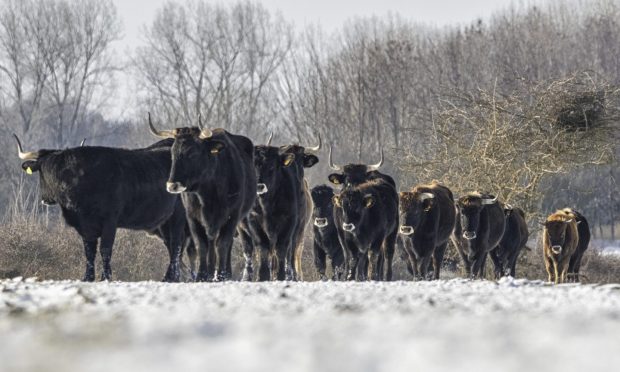
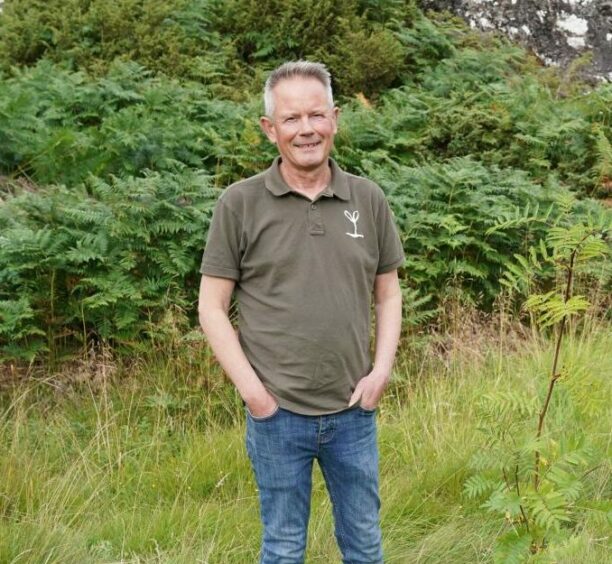
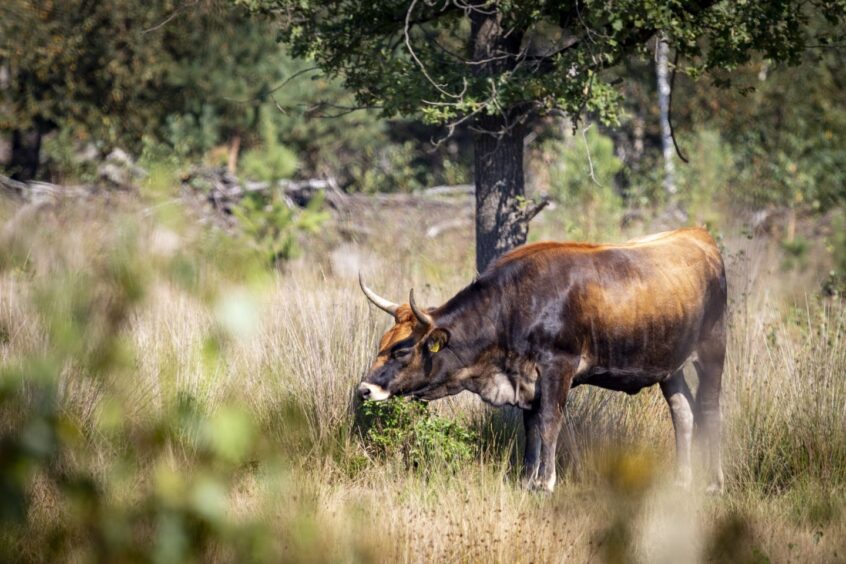
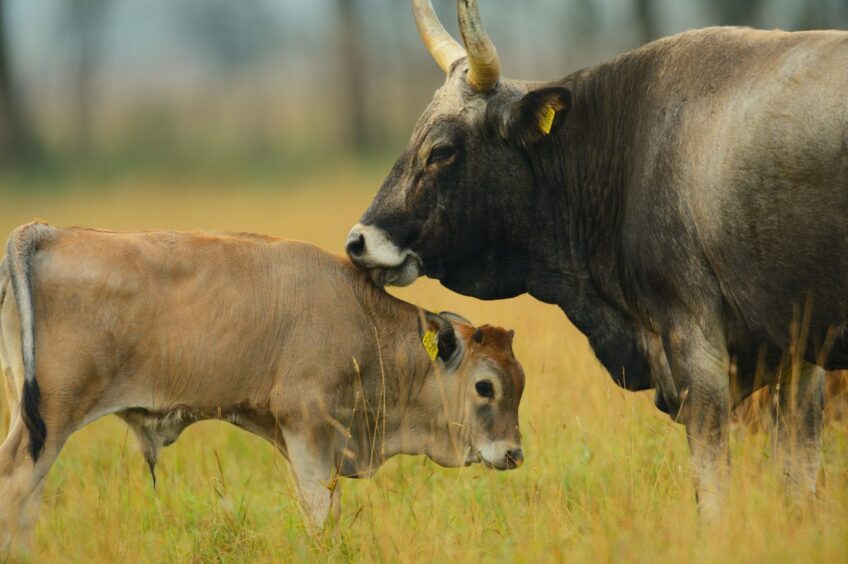
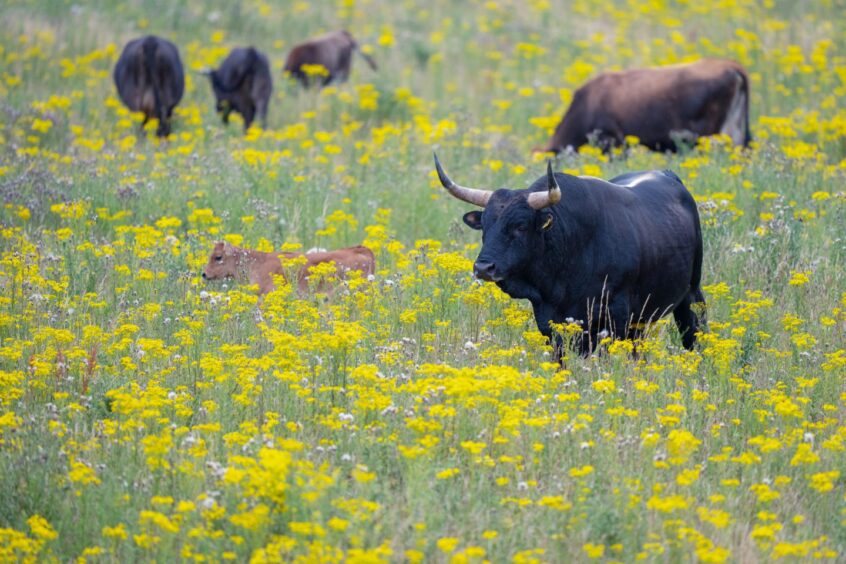
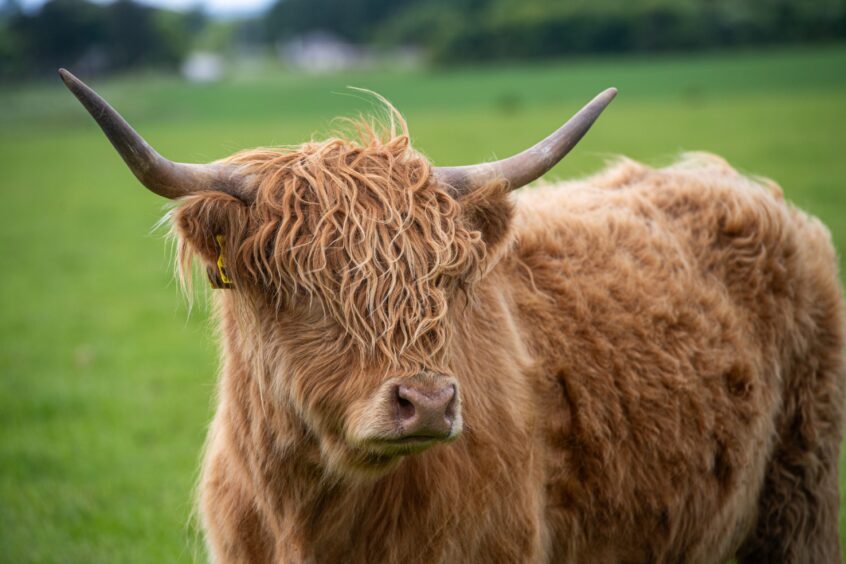

Conversation